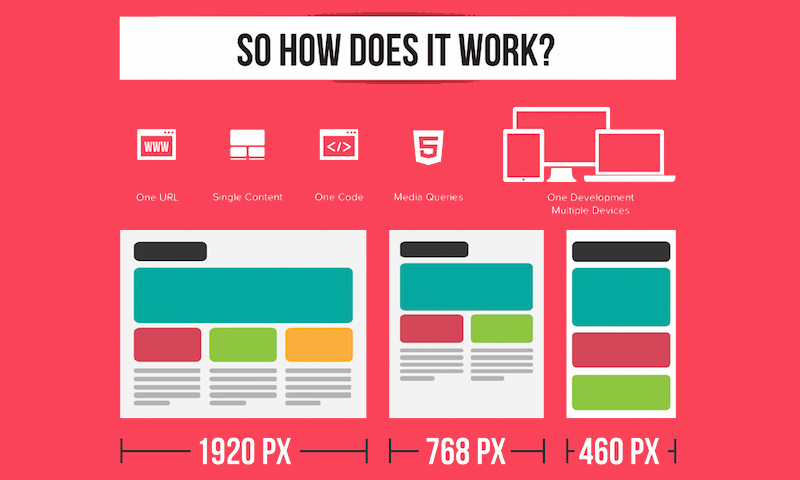Essential Elements Of Website Design: Guidelines For Developing A User-Centric Site
Essential Elements Of Website Design: Guidelines For Developing A User-Centric Site
Blog Article
Material By-Hovmand Daugaard
When it concerns site layout, making sure user-friendliness is key. From responsive design to structured navigating, every element plays an important function in developing a site that accommodates your target market's needs. However what regarding the better information that can make or damage a customer's searching experience? Keep tuned as we uncover some often-overlooked pointers that can boost your internet site's usability to the next degree, making it really stand apart in the digital landscape.
Importance of Responsive Layout
Receptive layout is an important facet of modern website advancement. Ensuring your internet site is responsive methods that it can adapt to various display sizes and tools, giving a smooth experience for users.
With the boosting use mobile phones and tablet computers to access the net, having a responsive design is crucial for getting to a broader target market. It helps in enhancing customer experience by making your site very easy to navigate and keep reading any kind of device.
Furthermore, responsive style can positively affect your internet search engine rankings, as search engines like Google focus on mobile-friendly web sites. By having a responsive style, you're also future-proofing your website, as new tools with differing display sizes continue to arise.
Simplify Navigating Structure
To improve user experience and help with easy accessibility to info on your web site, simplifying the navigating framework is extremely important. When designing your site, focus on producing a clear and instinctive navigating food selection that assists site visitors locate what they're looking for promptly.
Restriction the number of menu items to the basics, organizing associated pages with each other to avoid frustrating users. Usage descriptive labels that plainly suggest the content of each web page, making it easier for individuals to understand where each link will take them.
Take into consideration carrying out dropdown menus for subcategories to prevent littering the main navigating bar. In addition, include a search bar plainly on the web page for customers who favor searching for particular details.
Focus on mobile responsiveness in your navigation design to make sure simple accessibility on all gadgets.
Maximize Page Load Rate
Improving page load rate is critical for maintaining visitors on your site. Slow-loading web pages irritate individuals and can cause high bounce prices. To maximize page lots speed, begin by optimizing photos. Press images without jeopardizing top quality to minimize their data dimensions.
Additionally, make mobile search engine optimisation for internet browser caching to keep often accessed resources locally, accelerating load times for returning visitors. Minify CSS, JavaScript, and HTML data by getting rid of unneeded personalities, remarks, and formatting, improving lots rate.
Consider utilizing a material delivery network (CDN) to distribute your internet site's web content throughout several web servers worldwide, reducing latency for users accessing your website from different places. Last but not least, limit using third-party scripts and plugins, as they can significantly influence lots times.
Final thought
Finally, by integrating receptive layout, simplifying navigating, and maximizing page load rate, you can produce an easy to use website that attract a broader target market and enhances individual experience. google search engine optimization cost make certain that visitors can quickly gain access to and browse your website across various tools, leading to increased engagement and complete satisfaction. By focusing on https://digitalmarketingwebsitete39516.tokka-blog.com/31380392/amplify-your-brand-the-significance-of-expert-site-growth-for-company-growth , you can build a successful website that maintains individuals coming back for more.
